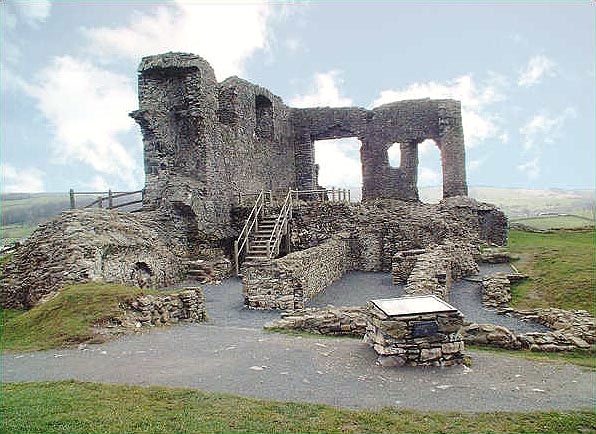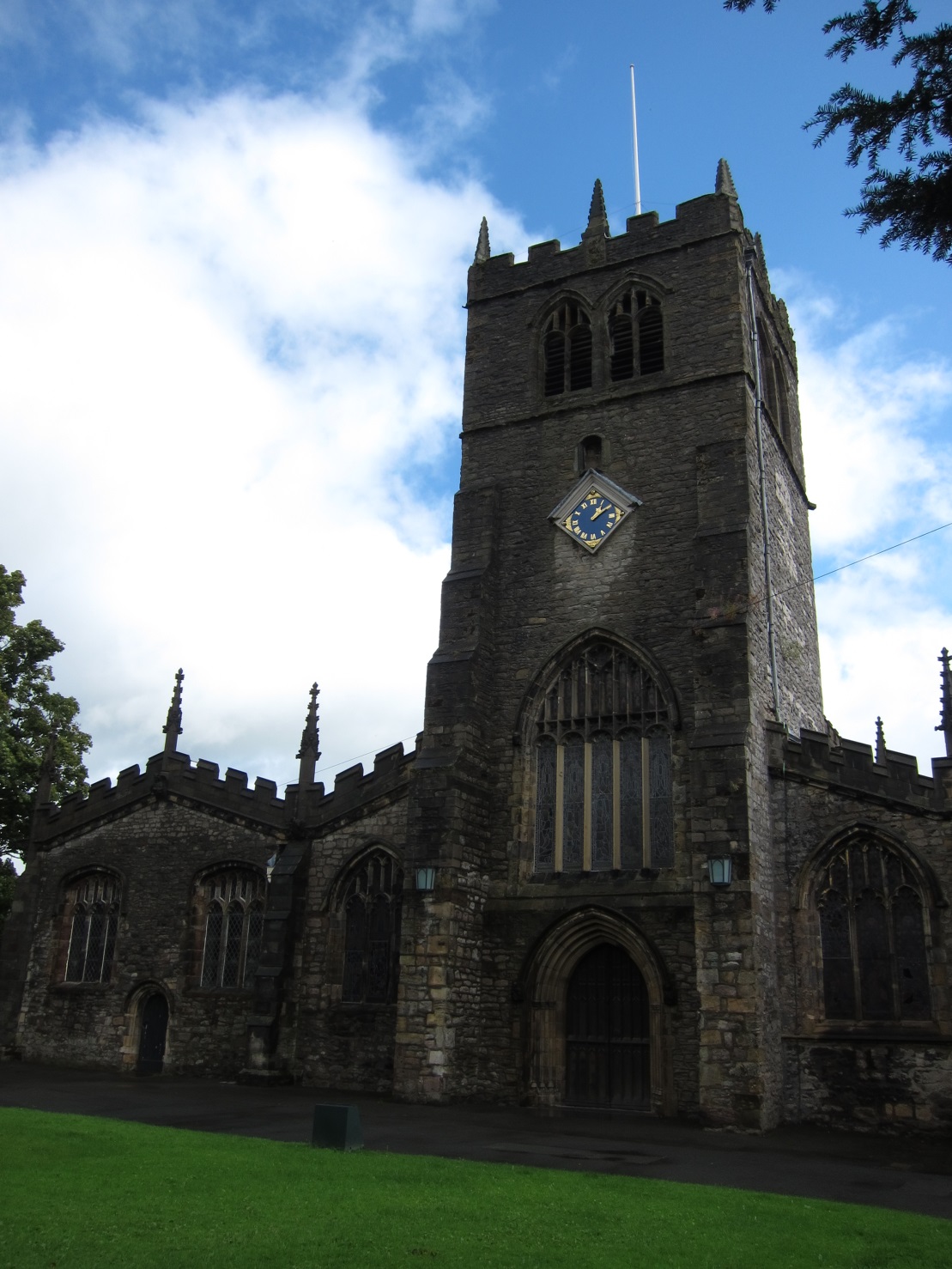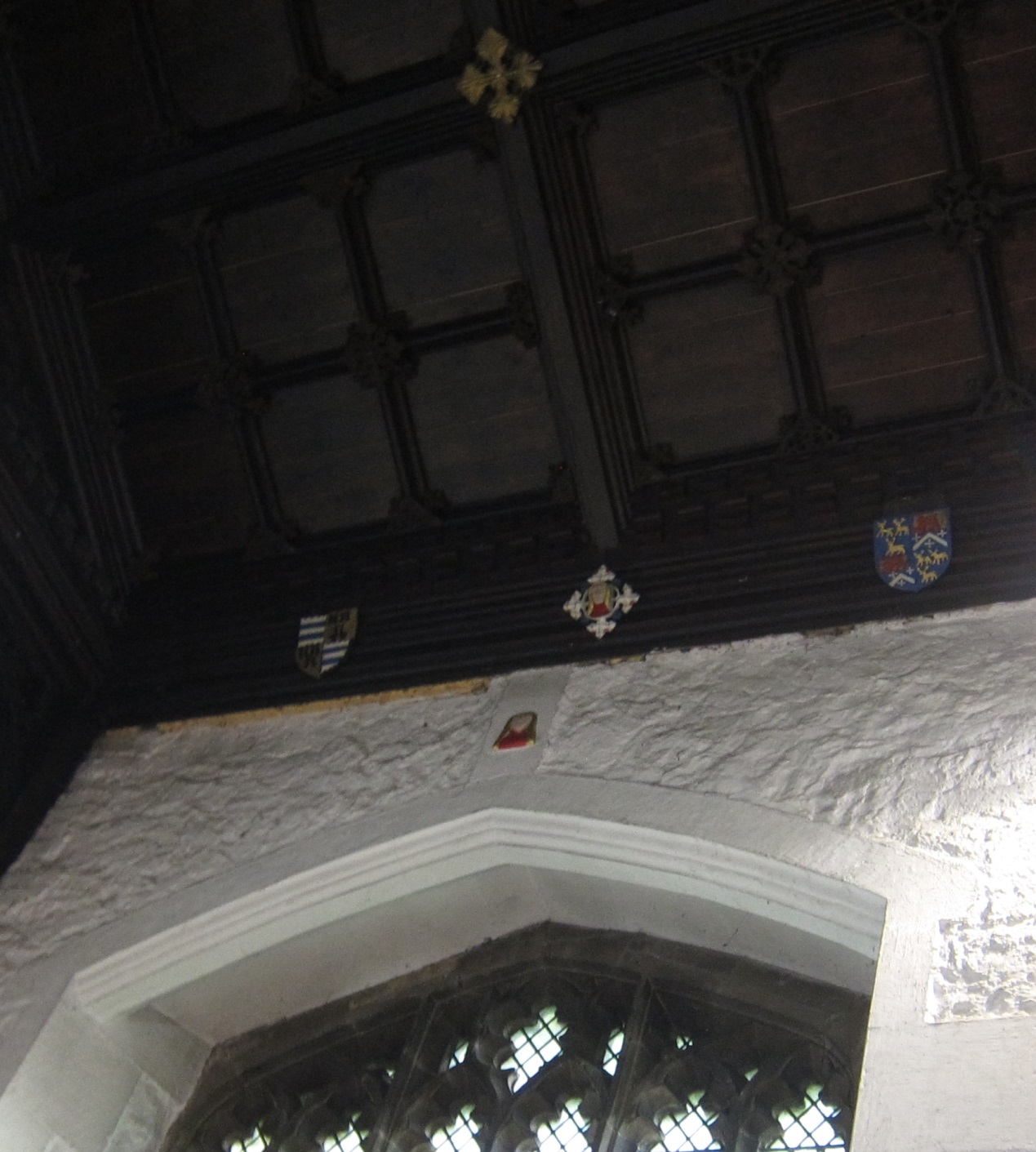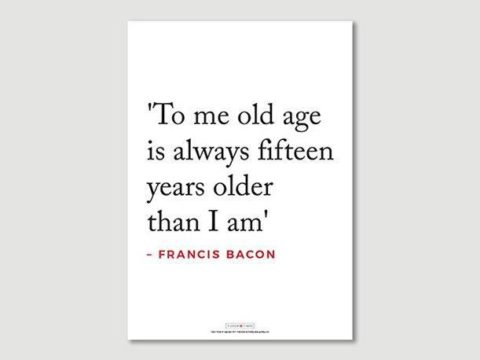Kendal Castle and Parish Church
Kendal is a traditional market town set on the southern edge of the Lake District, nestled amongst the green fells whose sides are dotted with the hardy Westmoreland sheep which once produced the famous Kendal Green woollen.

Kendal Castle, high on a drumlin in the centre of the town was the seat of the Parr family from its construction in the 13 th century until it was abandoned in 1487 when Sir William Parr moved south.
The parish Church of the Holy Trinity at Kendal is an imposing structure. Set in the middle of the old town it was built over two centuries in a variety of Gothic styles, early, decorated and English perpendicular in its final flourish, just before the Reformation.

Although Kendal Castle is likely to have had, if not an integral chapel, at least consent for a portable altar, the Parr family would have worshipped at Holy Trinity on Sundays and major feast days. They are also likely to have been baptised there, if they were strong enough at birth to wait for baptism after a few days. The various Ladies Parr would have been churched there too, after their forty days of purification.
The Church has three naves, and at the end of the south nave is the Parr chapel, once a chantry where Masses would have been offered for the dead to release them from Purgatory. Just visible in the ceiling are bosses with the Parr badge of a maiden's head. This badge was used by Katherine Parr all her life.

The only other relic of the Parr family is a stone sarcophagus which is believed to be the tomb of her grandfather, Sir William.
